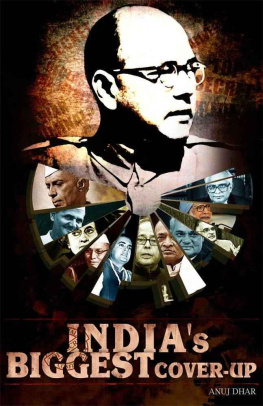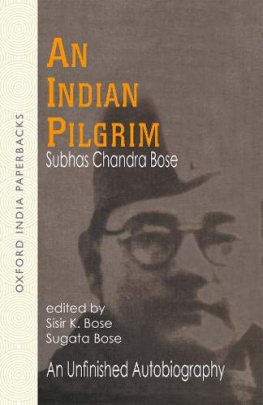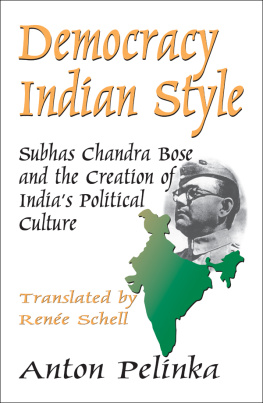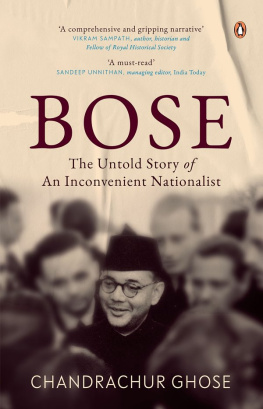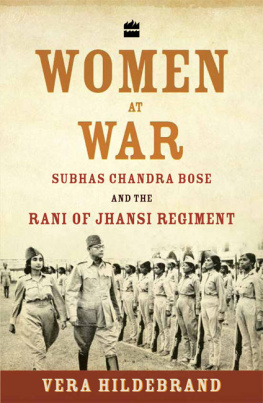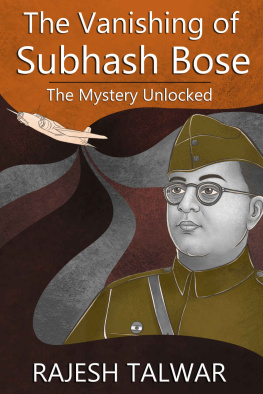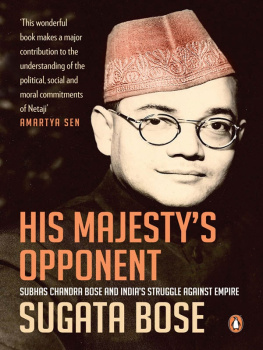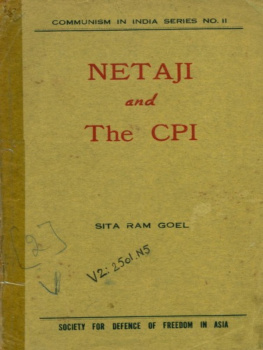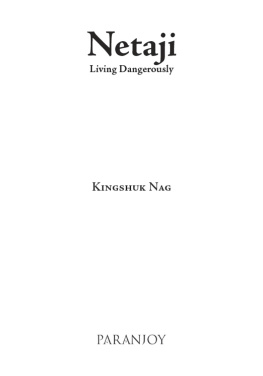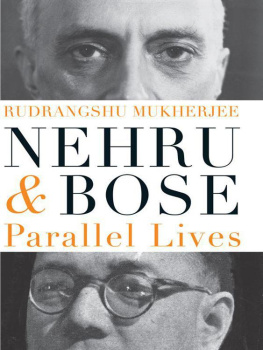Prologue
I nformation Commissioner AN Tiwaris darting eyes seized the three 30-something men sitting across the table. Only Sayantan Dasgupta was conspicuous by his tall, dark, handsome presence. The other two were short, plump and sported unfashionable short hair. Chandrachur Ghose would have looked studious in his chubby countenance and glasses but for an occasional meaningless smirk. The third harried-looking person was me. Tiwaris anxious eyebrows were now wrinkling his forehead.
Havent you people anything better to do? he asked.
The room we were sitting in was in a spruced up part of an otherwise worn-out building temporarily housing offices of the Central Information Commission, the watchdog body created only two years earlier to regulate Indias new freedom of information regime. The Right to Information Act, 2005, had elevated the country into a select group of nations giving their public the right to seek information from their government. Of course, to respond or not was the Governments prerogative within the ambit of the Act. In our case the Government hadnt to our satisfaction, and so there we were.
There was a muted laugh, and Tiwari frowned to silence the two middle-aged, middle-level Ministry of Home Affairs officials to my left.
Sir, this is...
The commissioner was not keen to hear counter-arguments from us nevertheless.
Look, I was born in Cuttack. I went to the same school as Netaji did. I can do without your perspective on the mystery.
Tiwari needed no lessons in history or anything from us. But it was not just the history we were sitting there for.
We learn about the past largely from the historians and researchers working on the information available in public domainin archives, libraries or in private collections. There isnt much the historians can do except to speculate when they know something is there but cant reach it. The liberty of speculation is lost when they dont even know that something exists.
Ours was essentially a case of history being held hostage to state secrecy. And we were lucky to be making our case before a man who had been a bureaucrat all his life before being appointed on the information panel.
As in the preceding decades, in 2006, when we made our case before the Central Information Commission, a standard lookback at Subhas Chandra Bose climaxed with the breaking point in his relations with the Congress party in 1939. The twice-elected Congress presidents run-in with Mahatma Gandhi was the turning point of the Indian freedom struggle. Bose stood for treating non-violence and satyagraha as only a means to an endto be adjusted and altered, as exigencies and expediency demand on the path to swaraj , or complete freedom from the colonial rule. Saint Gandhi, on the other side, would adhere to that ideal of highest standard of non-violence, even if the pursuit means sacrificing and giving up the political goal of swaraj . [1]
Gandhi and Bose had not hit it off well from the first time they faced each other in Mumbais Mani Bhawan in 1921. The latter had just returned from London having quit the ICS, the best job any youngster could land in those days. For a man who had no experience of public life and was 28 years junior to the biggest phenomenon of Indian politics, Bose had the gumption to tell Gandhi that his plan to make India free was fudgy. Gandhi had the greatness to counsel Bose to get clarity from Chitta Ranjan Das.
Over the next two decades or so, most of which was spent in either jails or exile in Europe, Bose differed on several issues with the man he would call the Father of the Nation. He wore his heart on his sleeves throughout over a range of issues the execution of revolutionary Bhagat Singh, possible dominion status for India, the need for modern industry, intra-party democracy and so on.
With that sort of backdrop, Congress president Bose wasnt going too far. In his own words, the Gandhi Wing would not follow his lead and he would not agree to be a puppet president. [2] Not allowed to work on his own terms, Bose was hounded till he stepped down. He created the Forward Bloc within the party, which further annoyed the entire top-rung leadership. They snatched the charge of Bengal state Congress from him and debarred him from contesting for any position in the party for three years. Screaming headlines in newspapers at that time would have you believe it was Bose, not the British, the top leadership was probably at war with.
The bitter smile that Dilip Kumar Roy saw on his best friends face was the result of the most unkindest cut of all. Subhas Bose punished for grave act of indiscipline, an 8-column Hindustan Times headline read. To Roy, it was not the discipline that he minded. But that he was asked to eat humble pie and beg the high command to forgive him, when the boot was on the other leg. [3] Roy felt that his friend was put through the unjust humiliation only because he had the courage of his conviction and said openly that he did not believe in the cult of non-violence. [4]
Many of the stalwarts who backed Gandhi against Bose at that time werent the peaceniks they professed to be. When they and their followers were running India years later, brute state force and streaming inputs from the Intelligence Bureau and not hallowed Gandhian principles saw India through. Goa was not liberated through satyagraha . Rebellious Mizos werent sent emissaries from Gandhidham; they got poundings from the Indian Air Force fighter planes.
In 1940 Bose was a nowhere man. Those who do not go with Gandhiji are politically dead, [5] said a Gandhi supporter about the 43-year-old, just not ready for that sort of fate. So he exfiltrated himself to another theatre from where he could fight freely. It was in the national interest, but too bad it turned out to be in Nazi Germany. It could have been Russia, but the Soviets were just sympathetic. Nothing more. For all the right things it stood for, the United States sided with British colonialism. Bose came to despise the US. He wanted his country to be free above anything else. So, unmindful of dangers to his life, he escaped from British custody in India, crossed into Afghanistan and passing through the lawless land which is now the haunt of Taliban and Al-Qaidafound his way to Berlin via Moscow and Rome. No Indian leader of his stature could ever think of the things he did.
Indias star freedom fighter was born in Nazi Germany. In a remarkable image makeover for Bose, from the politician Subhas babu, he became the military leader Netaji . As Netaji, Boses two initial contributions to the idea of modern India were a national slogan and a national anthem. His political opponents at home were compelled to accept them years later. They couldnt think of anything comparable.

